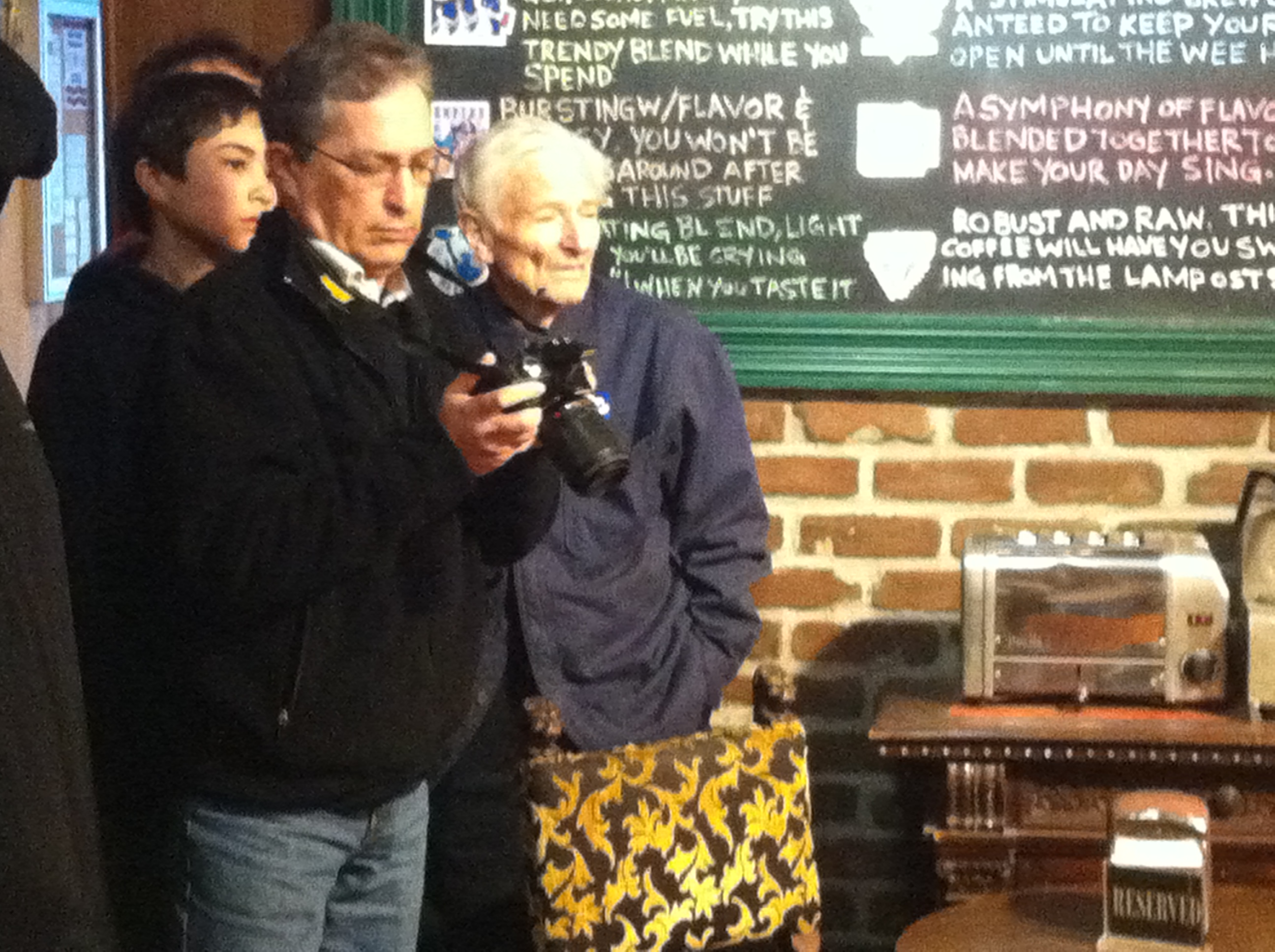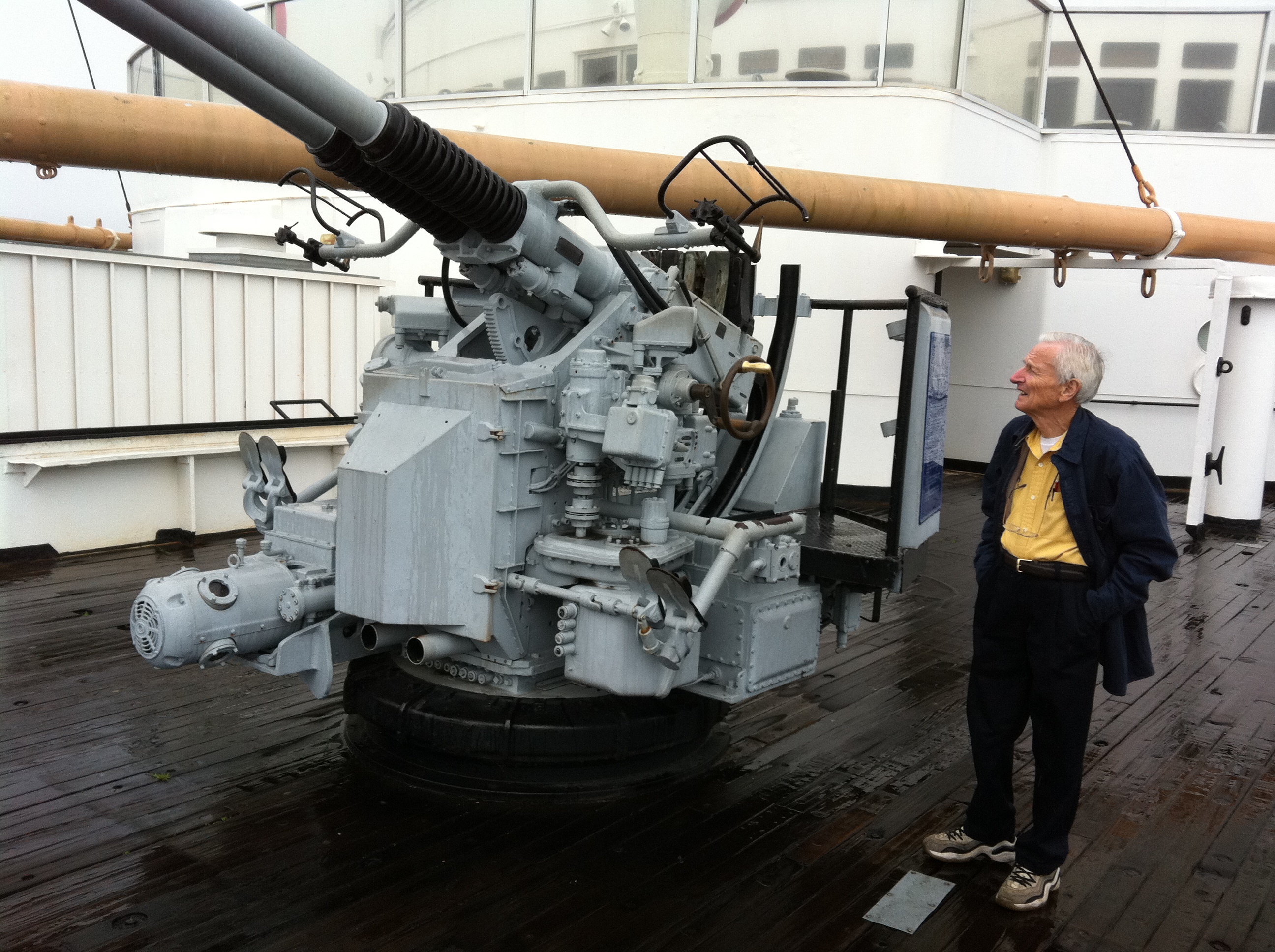Well, Tim Martin of SCORM.COM made a couple of cool comments on my last post and then made his own post. I think that we very much are in agreement (and both of us agree with Michael Feldstein on this as well) – so don’t read this next rant as any evidence of strong disagreement or hostility between Tim and me. It is more entertainment – like what CNN does with a pro and con expert on some inane topic in the news in a split screen on TV. The two people don’t dislike each other – they probably have beers together after the show. The purpose is mostly entertainment plus a touch of education as the expert commentators make points and counter points while the CNN host interrupts them to show how clever and insightful the host is.
Since Tim and I will never end up debating this on CNN, we have to do this on dueling blog posts – hopefully it is a bit entertaining :) And if you want calm, reasoned logic – see Michael’s post above. SO with no further ado, I present:
RANT 2.0 :)
Tim, this is a great discussion. I look at this issue with a lot of different hats on. First as part of the Sakai project and now participating in the development of systems like Moodle, D2L, ATutor, OLAT, and Blackboard, I am a technology builder, hoping to help the whole market better meet the needs of its customers. As a technology builder – the more standards these tools support – the better – period. Second, I am an IMS staff member helping build up our portfolio of standards with the goal of a more efficient marketplace. When I went into my rant about the demand that OER come out as SCORM, neither of these hats got flustered. Frankly, IMS and SCORM are talking and working and there are lots of win-win situations all around.
The thing that gets me steamed about “must produce SCORM” is when I put on my teacher or student hat.
I have had a situation where I was forced to take some required SCORM training as a student – by the time it as over, I almost hung myself with my mouse cord. The pro-SCORM folks will say “bad designers” – but there are some SCORM elements that instructional designers insist on using use because they work: (a) Lots of next buttons, (b) a left navigation menu with little checkboxes that appear as you progress through the material, (c) lots of questions where the content really does not care nor track your answers – they are just more screens that if you press Submit long enough – the software will let you get past the questions, and (d) the only permanent record of my training is that I found my way to some well-hidden trip-wire page where the lesson was marked “complete”. It was frustrating to be at 98% complete for two days because I could not find that last secret page no matter how hard I tried. After talking to HR training for two days, where they kept telling me what page I was supposed to find and sending me a sequence of screen shots for me to follow – and doing a view source on the page that I could not get past, I realized that there was some Internet Explorer specific code to call the SCORM runtime that was not running when I was clicking on the button in Firefox. I went and got a Windows box, navigated to the page, and viola! I was at 100%. And then once I hit 100% complete, I could never go back into the SCO because it was marked as a completed task in the learning system I had. Ah the joys of expensive useless government-mandated HR training to avoid lawsuits.
I am sure there are some sweet SCOs – but I bet those SCOs pretty much are just ZIP files with a lot of Flash, HTML, and Javascript – basically cool web pages that effectively use almost no SCORM at all.
I am also a teacher and have a Phd. in Computer Science and actually I have built a compliant SCORM run-time in ASP.NET and Javascript in a previous job in 2001. So I know my way around SCORM, SCOs and the run-time API. Once I wanted to tweak a SCO in a way that would alter that left-side navigation and add a bit here and there for my own purposes. The SCO was so brittle that I ultimately wrote a program that went through every HTML file in the unzipped SCO and made specific patches to the common navigation on *every* page so I could do what I want. If you hand a SCO to a teacher without a degree in Computer Science – it is uneditable.
So this is why I get a bit steamed (as a teacher and as a student) when the proposal is to pre-buy 2 Billion dollars of this stuff.
Frankly, the thing that would take a bit of the wind out of my sails on this little rant of mine would be if some real-live teacher (not an instructional designer or standards wonk) came forward on this blog and made a comment like this: “I love SCOs! I got some Art History SCOs from a a teacher in Ireland and had the easiest time editing those SCOs and was easily able to extend and alter the SCOs in Blackboard to add my favorite paintings and then save new SCOs and send them to my colleagues across the state! They then used my altered SCOs to teach their Art History class in Moodle. Another friend put my materials into Jenzabar since they run that at their campus. They both found some typos in my SCOs and sent my some SCOs back to me with all my typos fixed! Which I used this last semester. It was so easy!”.
My rant is not abut SCORM as a standard versus IMS CC – SCORM is well-established and very mature and IMS CC is emerging and finding its real place in the marketplace. (sorry Rob) If it is a mistake to insist that all the content be in SCORM, it would be an *even bigger* mistake to insist that all the content be exclusively in the less mature IMS CC.
The mistake is to pick only one format, and not allow alternate formats, and in particular pick a format that has never demonstrated it handles the edit/remix use case. The right way (as Michael Feldstein says in his blog) is to allow some diversity in approach and let the entire market work this out. Some experiments will work and others will fail – but we will have explored alternatives in a way to truly advance OER. I expect that both IMS CC and SCORM will have their significant roles to play. And I would be perfectly happy even if 90% of the OERs were SCORM because I trust the market to be wise and make the right choice if the recipients of the money are allowed to make a choice.


